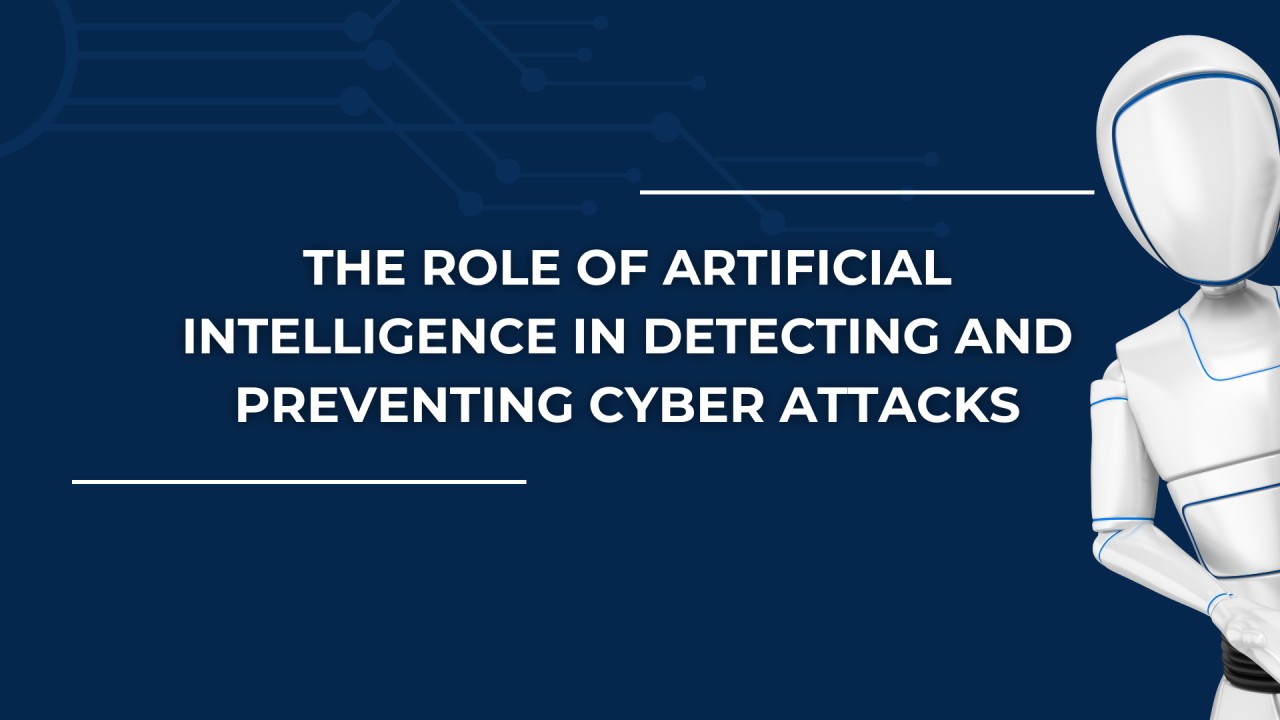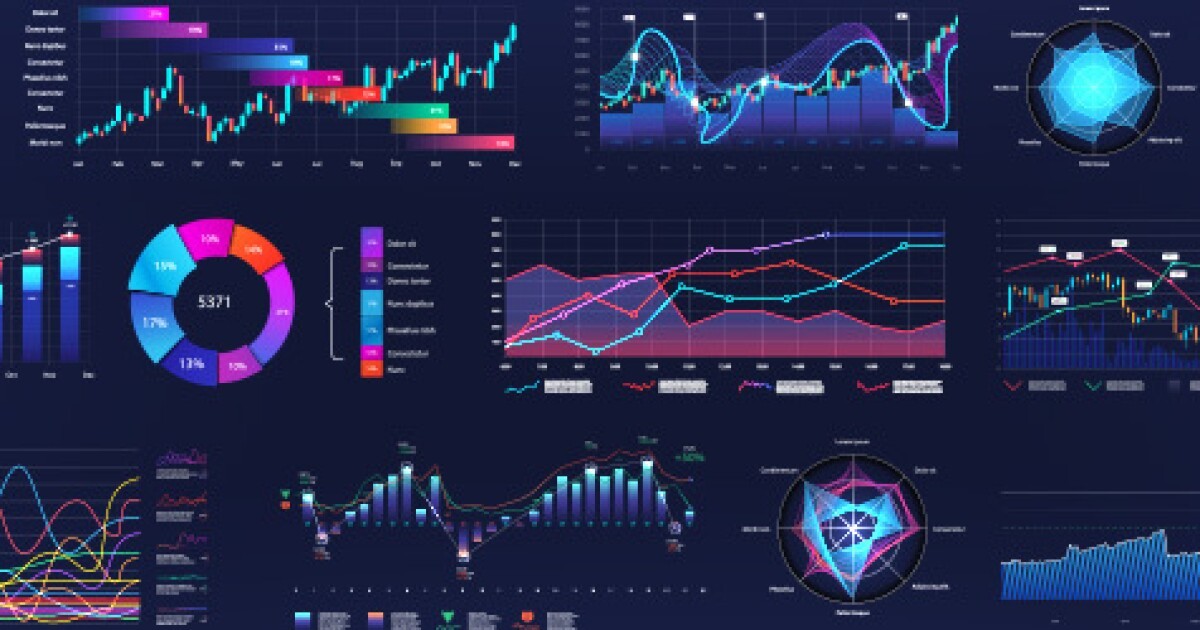In an era defined by pervasive digital connectivity, the menace of cyberattacks looms larger than ever before. Organizations, from small businesses to multinational corporations and government agencies, face a relentless barrage of increasingly sophisticated threats that can lead to devastating data breaches, crippling operational disruptions, and severe financial and reputational damage. Traditional cybersecurity defenses, while foundational, often struggle to keep pace with the sheer volume, velocity, and complexity of modern attacks. This is where Artificial Intelligence (AI) emerges as a transformative force, offering a proactive, intelligent, and scalable approach to preventing cyberattacks and bolstering our digital defenses.
One of the most significant ways AI is revolutionizing cybersecurity is through **enhanced threat detection and anomaly identification**. Traditional security systems often rely on signature-based detection, meaning they can only identify threats that match known patterns or malware signatures. This reactive approach is inherently limited against novel, or “zero-day,” attacks that have never been seen before. AI, powered by machine learning (ML) algorithms, transcends this limitation by learning the “normal” behavior of a network, its users, and its applications. By continuously analyzing vast amounts of data—including network traffic, system logs, user behavior patterns, and endpoint activity—AI can establish a baseline of normal operations. When deviations or anomalous patterns emerge, even subtle ones that would elude human analysts, AI can flag them as potential threats in real-time. For example, a system like Darktrace’s “Enterprise Immune System” learns what constitutes normal behavior for every device and user, and then autonomously detects and responds to anomalies that indicate an attack in progress, even if it’s an entirely new form of threat.
Beyond simple detection, AI empowers **predictive analytics and proactive threat intelligence**. Instead of merely reacting to attacks as they happen, AI can analyze historical threat data, global attack trends, and vulnerability intelligence to forecast potential future attacks. Machine learning models can identify patterns within past breaches, malware characteristics, and attacker methodologies to predict which systems might be targeted next or what new attack vectors might emerge. This allows organizations to proactively strengthen their defenses, patch vulnerabilities before they are exploited, and allocate security resources more effectively. For instance, an AI system might identify that a specific type of outdated software frequently used by an organization has become a recent target for a new strain of ransomware, prompting immediate updates and heightened monitoring. This shift from a reactive to a predictive posture fundamentally changes the cybersecurity game, giving defenders a crucial head start.
AI also plays a pivotal role in **automating incident response**, drastically reducing the time it takes to contain and mitigate a cyberattack. In the event of a detected threat, every second counts. Manual response processes can be slow and error-prone, allowing attacks to spread and cause more damage. AI-powered systems can automate critical response actions, such as isolating compromised devices or network segments, blocking malicious IP addresses, quarantining infected files, or even reverting systems to a pre-attack state. IBM’s Watson for Cybersecurity, for example, can process vast amounts of security data and, upon identifying a threat, suggest or even implement automated responses. This rapid, machine-speed response minimizes the window of opportunity for attackers, containing breaches before they escalate and significantly reducing potential losses.
Furthermore, AI is instrumental in combating the pervasive problem of **false positives** that plague traditional security systems. Security analysts are often inundated with alerts, many of which turn out to be benign activities mistakenly flagged as threats. This “alert fatigue” can lead to genuine threats being overlooked or delayed responses. AI and ML algorithms, by continually refining their understanding of normal versus malicious activity, can significantly reduce the number of false positives. By analyzing context, correlating events from multiple sources, and learning from human feedback, AI systems become more accurate over time, allowing human security teams to focus their attention on genuine, high-priority threats. This precision optimizes the allocation of scarce human security resources.
In the ongoing battle against **social engineering and phishing attacks**, AI is becoming an indispensable ally. While attackers increasingly use generative AI to craft highly convincing and personalized phishing emails or create deepfake voices for vishing scams, defensive AI is fighting back. AI-powered email security solutions can analyze email metadata, content, sender behavior, and even linguistic nuances to detect and block sophisticated phishing attempts before they reach employee inboxes. Similarly, AI can be used in identity and access management (IAM) systems to analyze user behavior patterns, such as typing speed, mouse movements, or typical login times and locations. Any deviation from these learned patterns can trigger additional authentication challenges or flag suspicious access attempts, effectively acting as a continuous authentication layer that thwarts unauthorized access.
Despite its immense potential, it’s crucial to acknowledge that AI is not a silver bullet in cybersecurity. It requires massive amounts of high-quality data for training, and if that data is biased or incomplete, the AI’s performance can suffer. Attackers are also leveraging AI for offensive purposes, creating an “AI arms race.” Therefore, human oversight, ethical considerations, and the ability of security professionals to understand and work alongside AI systems remain vital. The future of cybersecurity will likely involve a symbiotic relationship where AI handles the heavy lifting of data analysis, pattern recognition, and automated responses, while human experts focus on strategic decision-making, incident forensics, threat hunting, and the invaluable human element of security.
In conclusion, Artificial Intelligence is profoundly transforming the landscape of cyber defense, moving us from a largely reactive stance to a more proactive and predictive one. By enabling real-time threat detection, facilitating predictive analytics, automating rapid incident responses, reducing false positives, and bolstering defenses against sophisticated social engineering, AI is becoming an indispensable tool in the fight against cyberattacks. As the digital world expands and threats continue to evolve, the intelligent integration of AI into cybersecurity strategies will be paramount for protecting our critical data, systems, and overall digital resilience.





